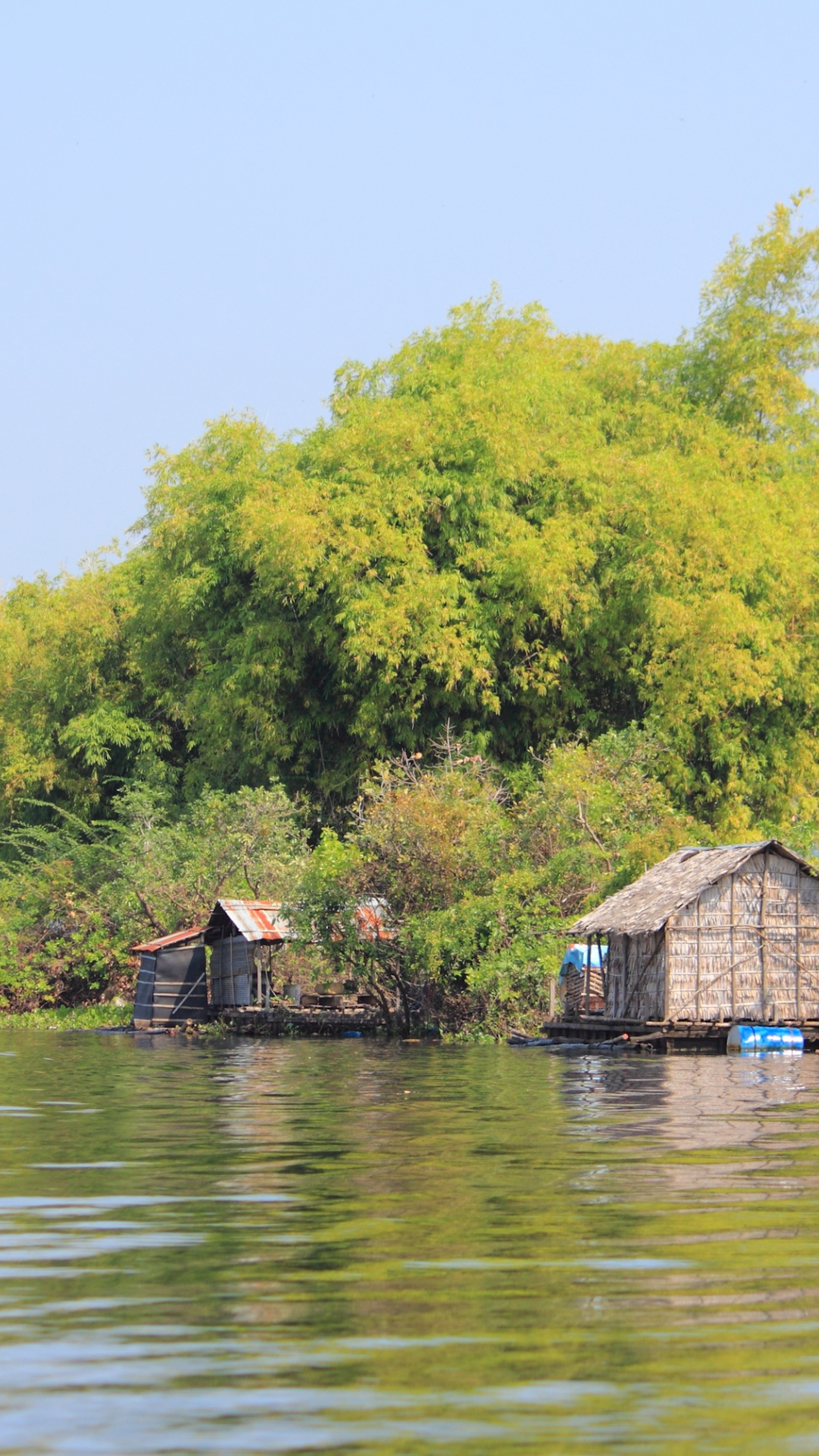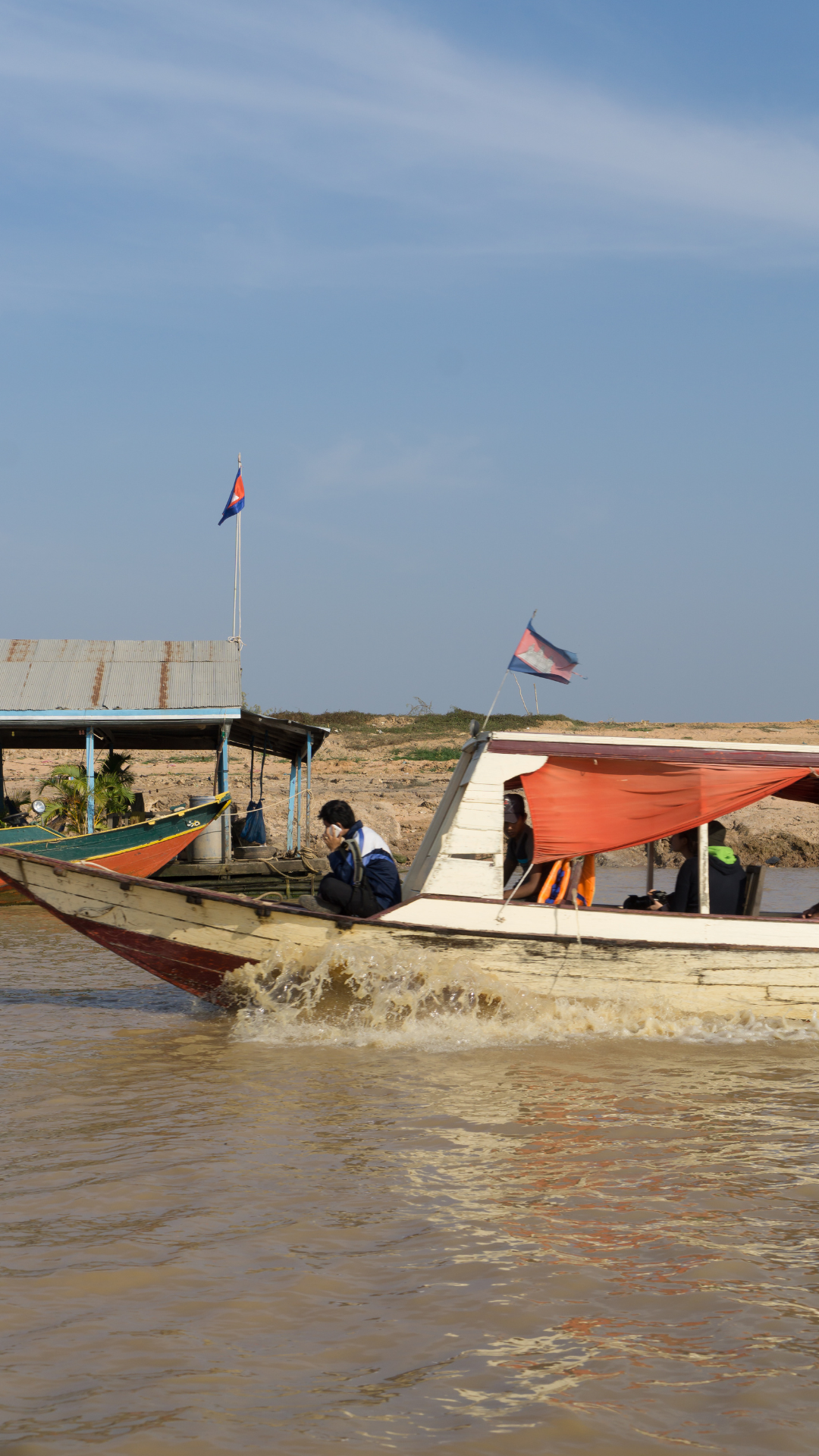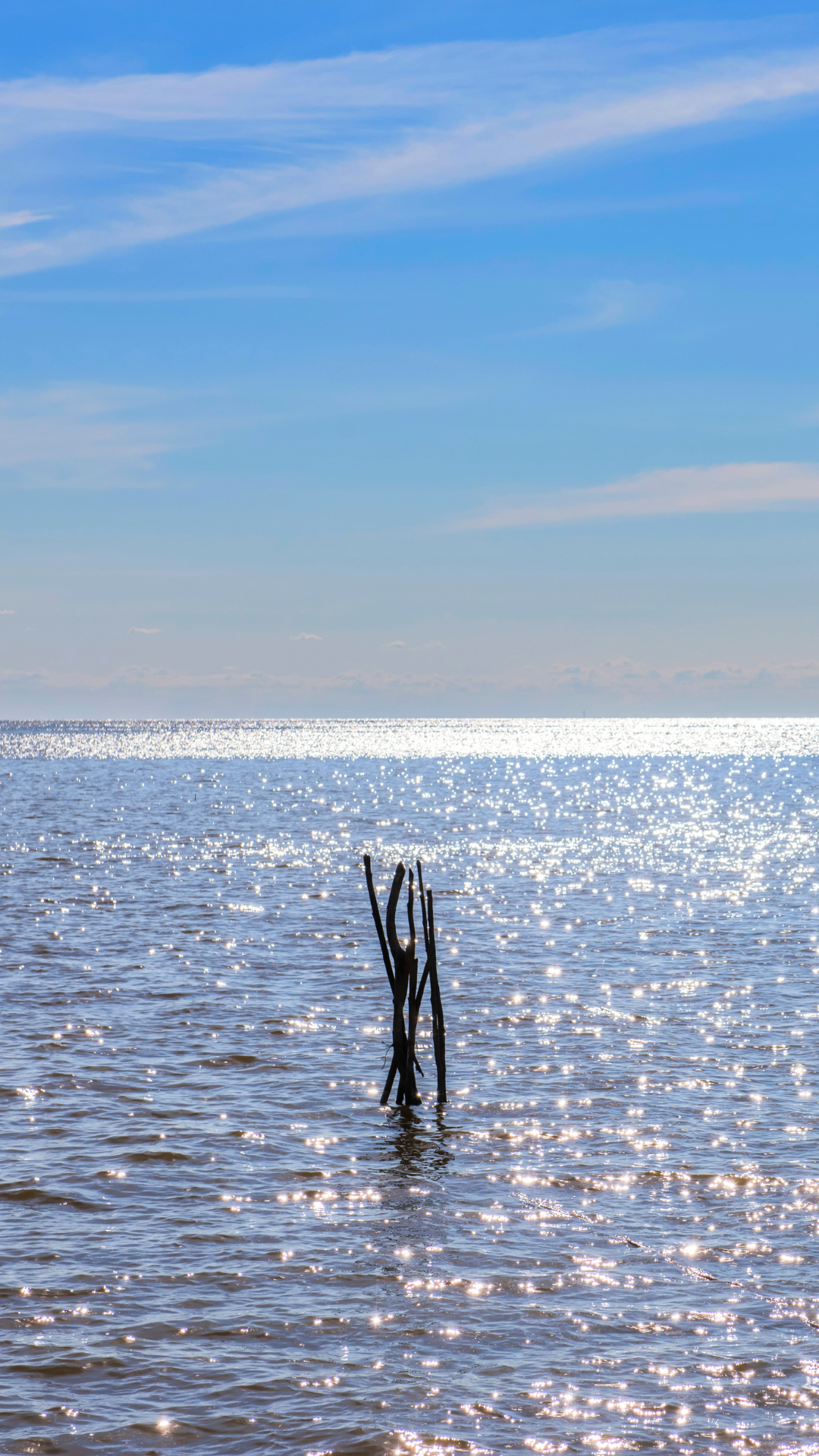Lake Tonle Sap: Preserving Cambodia's Natural Heritage
Cambodia is home to the unique and significant natural phenomenon known as Lake Tonle Sap. It is the largest freshwater lake in Southeast Asia and is important to the ecological and economy of the region. What you should know about Lake Tonle Sap is as follows:
Location and Size:
The 1,040 square mile (about 2,700 square kilometers). This lake is located in the center of Cambodia. It is situated about 5 kilometers (3 miles) south of the well-known Angkor Wat temple complex and about 15 kilometers (9 miles) south of Siem Reap.
Hydrological Significance:
The hydrological features of Lake Tonle Sap are what set it apart from other bodies of water. The lake enlarges significantly during the wet season, growing up to five times in size to become Southeast Asia’s largest freshwater lake. In contrast, the lake contracts during the dry season, leaving a significantly smaller body of water in its wake.
Seasonal Reversal of Flow:
The most amazing characteristic of Lake Tonle Sap is its “seasonal reversal of flow.” The Tonle Sap River, which joins the lake, eventually empties into the Mekong River. The Mekong River swells and pushes water back into Lake Tonle Sap during the rainy season (May to November), raising the lake’s water level and enlarging its surface area. During the dry season, the flow reverses and the extra water from the lake drains back into the Mekong River as the water level in the river declines.
Biodiversity and Ecosystem:
The lake’s various habitats and constantly fluctuating water levels maintain a thriving and singular ecosystem. Numerous species of fish, birds, reptiles, and mammals live there, including the highly endangered Irrawaddy dolphin and Mekong giant catfish. Numerous migratory birds have breeding and nesting grounds in the nearby flooded forests and wetlands.
Floating Villages:
There are a number of floating villages dotted throughout the lake that are home to local populations. These stilted settlements can adjust to shifting water levels. As their main source of income, the locals greatly rely on fishing and have formed a strong bond with the lake through many generations.






The largest island in Vietnam, Phu Quoc Island, also we can call “Pearl Island,” is situated in the Gulf of Thailand. It is a popular tourist destination known for its spectacular beaches, pristine blue waters, lush tropical landscapes, and a variety of marine life. Informations on Phu Quoc Island are all below:
Fishing and Economy:
The Cambodian economy depends heavily on the Tonle Sap Lake. The lake’s fisheries contribute to both internal and international trade while producing a sizeable share of the nation’s freshwater fish. The lake is essential to the livelihood of communities that depend on fishing, and it also helps to ensure regional food security.
Conservation and Challenges:
The distinctive ecosystem of Lake Tonle Sap faces a number of difficulties. Threats to the lake’s biodiversity and sustainability include overfishing, habitat destruction, pollution, and climate change. The Cambodian government and foreign groups are working to encourage sustainable fishing methods and safeguard the lake’s delicate ecosystem.
Tourism and Attractions:
Lake Tonle Sap and the region around it are becoming well-liked vacation spots. Visitors can take boat cruises to view the diverse animals, discover the floating villages, and observe the distinctive way of life of the locals. In addition, tourists that visit both the lake and the Angkor Wat complex of temples are drawn by the lake’s close proximity to the latter.